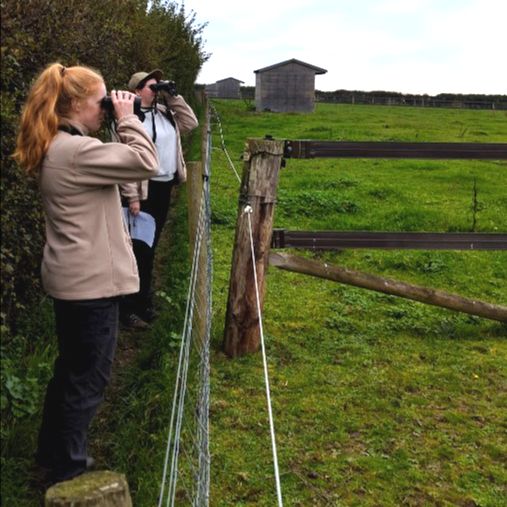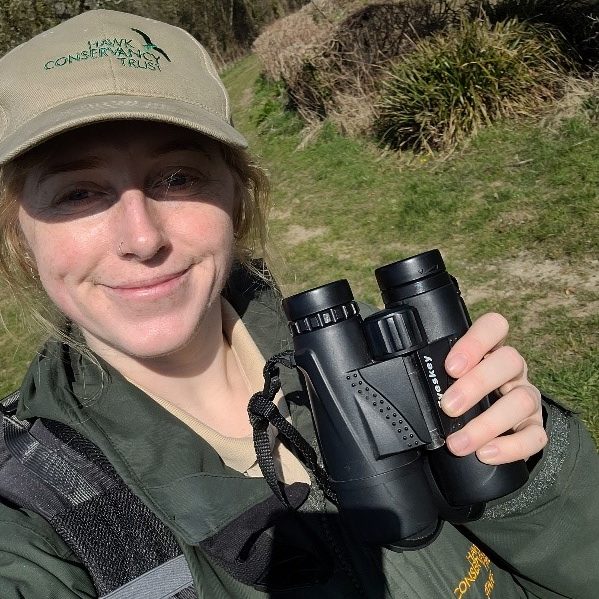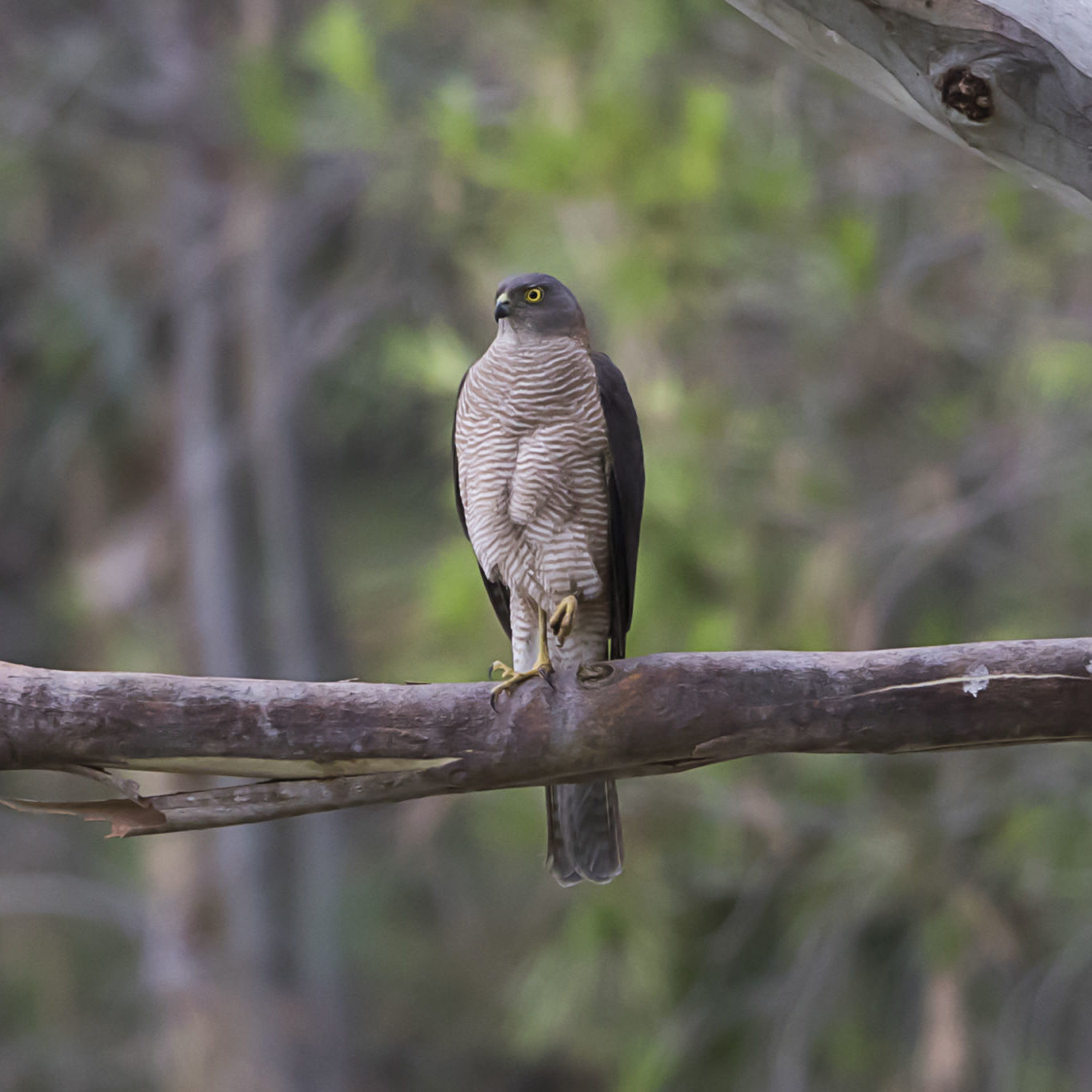
“Spring has truly sprung and with the emergence of Snowdrops, Daffodils and some slightly warmer and sunnier days, it marks the beginning of the fieldwork season for many conservation biologists. Here at the Trust, we kick-start the new year with raptor transect surveys as part of the British Raptor Programme. Starting in mid-February and running through to April, these surveys are an excellent way to count and monitor birds of prey. This time of year especially, many raptors are displaying and defending territories. Some of the more elusive species, such as Goshawk, can be more visible this time of the year too!
So, what is a raptor transect survey?
Our raptor transect surveys involve walking a 9-13km loop route, recording observations of birds of prey and the location of the bird/s in relation to the transect route. Ultimately, these surveys can be a useful way to determine distribution and numbers of species across a large area – in this instance, a whopping 19,072km2 across the Southeast of the UK! Covering Hampshire, Berkshire, Oxfordshire, Surrey, East Sussex, West Sussex, Buckinghamshire and Kent, there are a lot of miles to be walked. Fortunately, the Conservation and Research Department are supported by a dedicated team of volunteers who walk some of the routes during the survey season and have contributed massively to this amazing project.


How to spot and identify birds of prey?
Ideally, a clear and calm day is perfect for getting out on these surveys. Good visibility is important for spotting birds and having some trusty binoculars really helps too. Birds of prey are often further afield or camouflaged within hedgerows and treelines and so having this piece of kit is essential to make sure you have that ‘eagle’ eye. If you are lucky, there may be a clear line of sight to a bird of prey perched nearby, but usually sightings can be very brief making identification trickier. For example, a Sparrowhawk in a fast pursuit along a hedgerow is arguably much harder to spot than a vocal Buzzard soaring in clear blue skies. When out on a transect, I always make sure to scan hedgerows, treelines, pylons and utility poles, dead trees, trees with a good vantage point, the ground, stone walls and fencing posts. These are examples of likely places to find birds of prey, but expect the unexpected and always look up and behind you too!
Plumage is a great way to identify birds of prey, but if the light is not great, or the bird is high up circling on a thermal, it is not always easy to base identification on this alone. Body shape, wing and tail shape, wing and tail length, vocalisations, flight style, behaviours and habitat are things that should be considered if the observation is not as clear. Size of the bird is also a good feature to help distinguish between some birds of prey, but it can be tricky if there is no reference at a similar distance. Not every observation is an easy identification, but practice and combining some extra information from these features can help with the accuracy of the identification.


Sometimes birds of prey can also be spotted by using the responses of other species. Corvids (like Crows and Rooks), for example, are very protective and territorial, so much so that they will actively discourage and dive at a bird of prey if they get too close to a roost or nesting site. This “mobbing” behaviour is a great way to spot a bird such as a Buzzard or Red Kite since the erratic flight is quite jarring along a treeline. Another example is if flocks of passerines (like Bluetits or Goldfinches) flush from hedgerows along with lots of alarm calls, it is likely that a predator, such as a Sparrowhawk could be causing all the distress.
I thoroughly enjoy these transect surveys since you never know what you might encounter. It is a great way to see our birds of prey in action, and recording them in this way helps to build an understanding of their distribution and population over the years.”